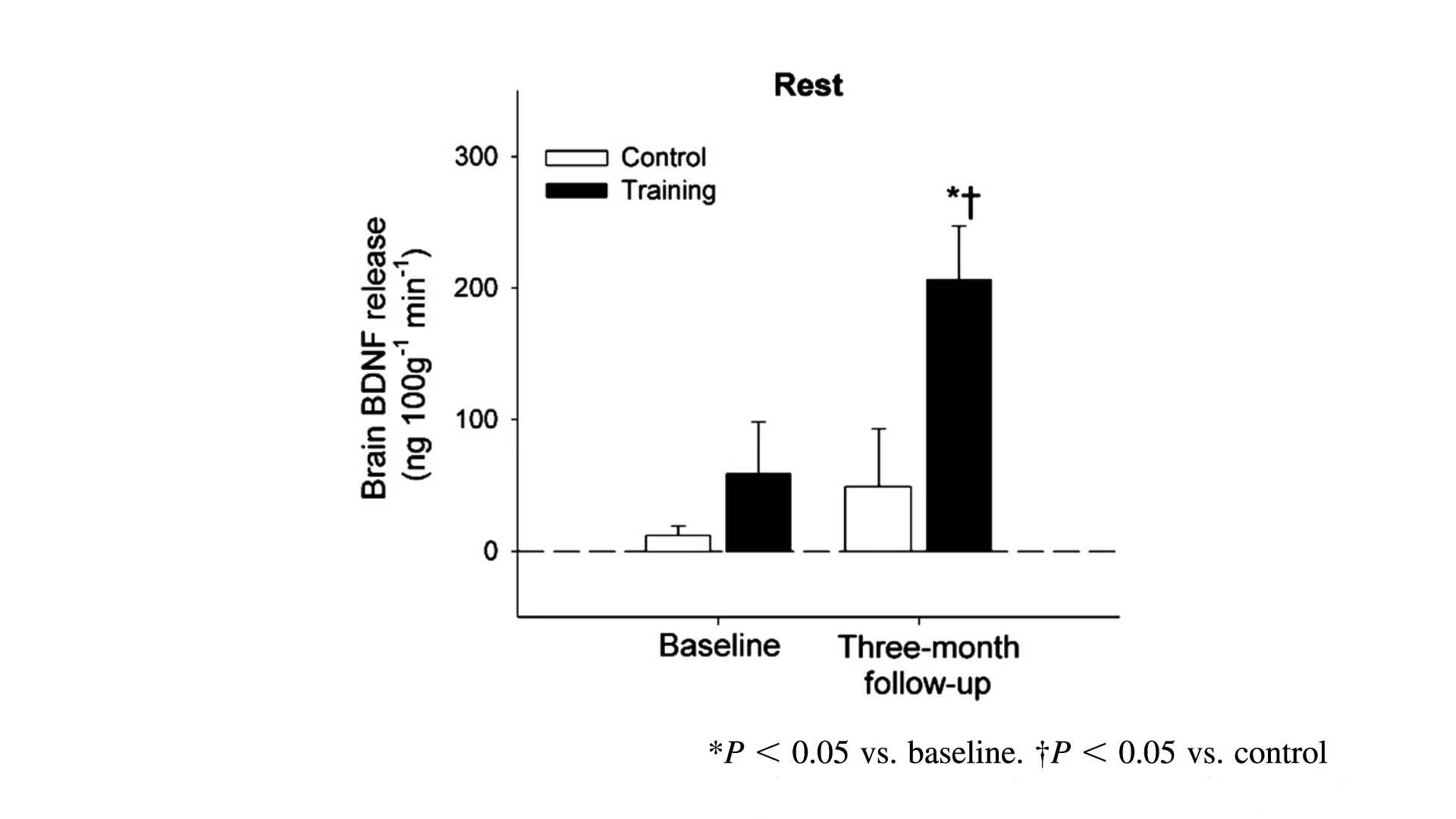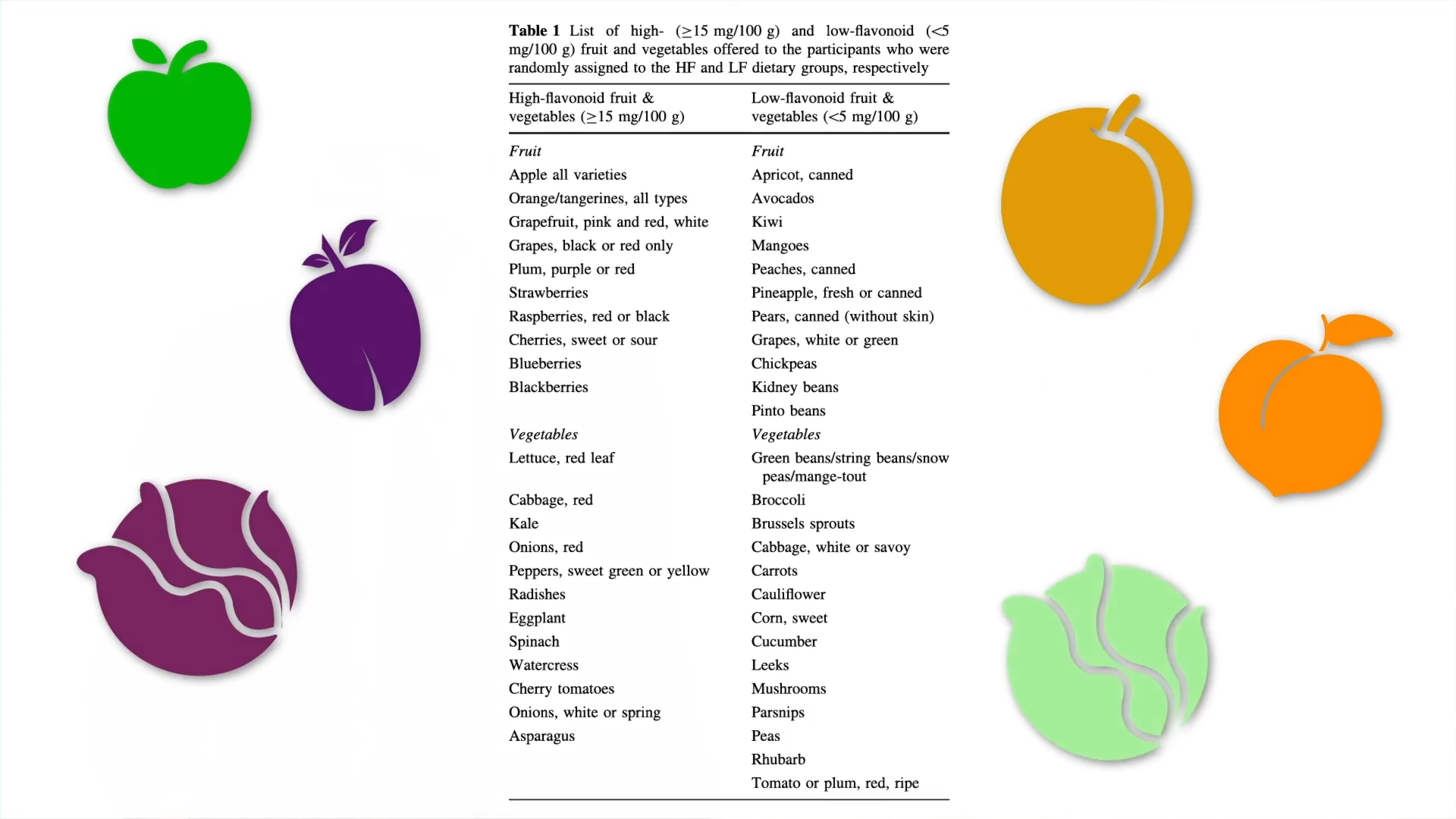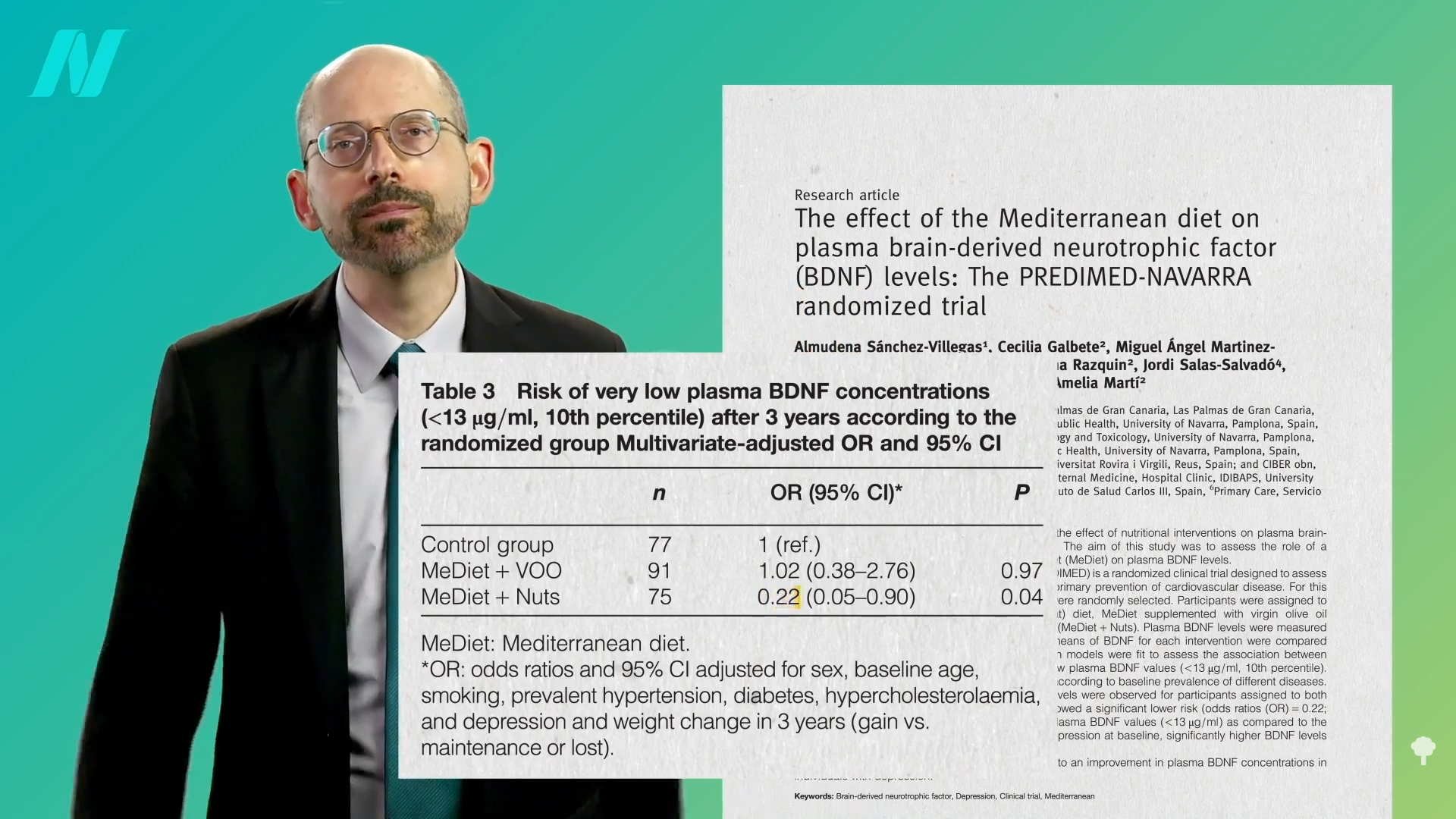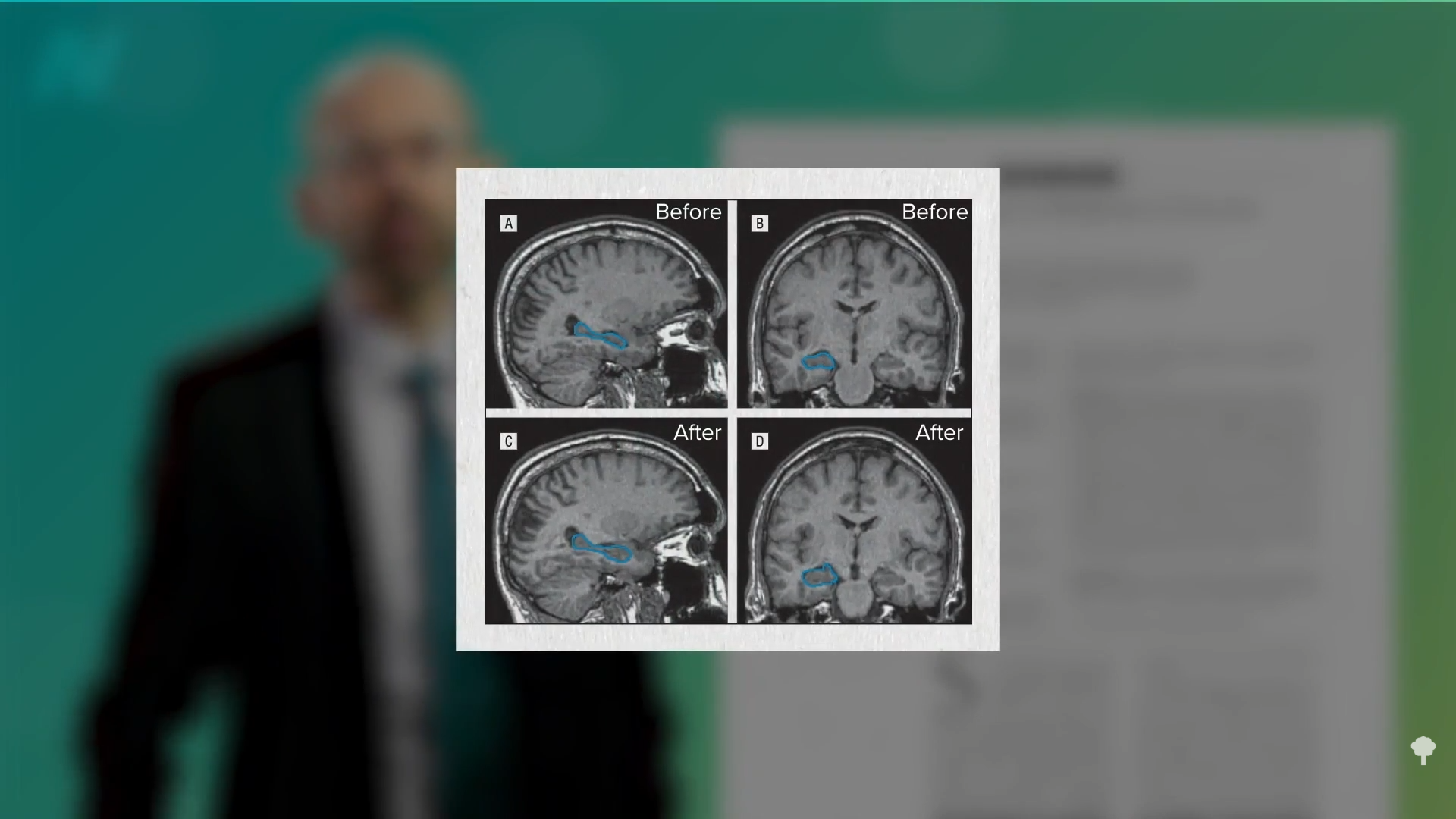We are able to increase BDNF ranges in our mind by fasting and exercising, in addition to by consuming and avoiding sure meals.
There’s accumulating proof that brain-derived neurotrophic issue (BDNF) could also be playing a task in human despair. BDNF controls the expansion of recent nerve cells. “So, low ranges of this peptide may result in an atrophy of particular mind areas such because the amygdala and the hippocampus, because it has been noticed amongst depressed sufferers.” That could be one of many causes that train is so good for our brains. Begin an hour-a-day train routine, and, inside three months, there can be a quadrupling of BDNF launch from our mind, as seen under and at 0:35 in my video How to Boost Brain BDNF Levels for Depression Treatment.

This is sensible. Any time we had been determined to catch prey (or determined to not grow to be prey ourselves), we would have liked to be cognitively sharp. So, once we’re fasting, exercising, or in a damaging calorie steadiness, our mind begins churning out BDNF to ensure we’re firing on all cylinders. In fact, Huge Pharma is raring to create medication to imitate this impact, however is there any solution to increase BDNF naturally? Sure, I simply stated it: fasting and exercising. Is there something we are able to add to our food plan to spice up BDNF?
Increased intakes of dietary flavonoids seem like protectively associated with signs of despair. The Harvard Nurses’ Well being Research followed tens of hundreds of ladies for years and located that those that had been consuming probably the most flavonoids appeared to cut back their danger of changing into depressed. Flavonoids happen naturally in crops, so there’s a considerable quantity in a wide range of wholesome meals. However how do we all know the advantages are from the flavonoids and never simply from consuming extra healthfully usually? We put it to the take a look at.
Some vegatables and fruits have extra flavonoids than others. As proven under and at 1:51 in my video, apples have greater than apricots, plums greater than peaches, pink cabbage greater than white, and kale greater than cucumbers. Researchers randomized folks into considered one of three teams: extra high-flavonoid vegatables and fruits, extra low-flavonoid vegatables and fruits, or no further vegatables and fruits in any respect. After 18 weeks, solely the high-flavonoid group obtained a big increase in BDNF ranges, which corresponded with an enchancment in cognitive efficiency. The BDNF increase could assist explain why every extra every day serving of fruits or greens is related to a 3 p.c lower within the danger of despair.

What’s extra, as seen right here and at 2:27 in my video, a teaspoon a day of the spice turmeric could boost BNDF ranges by greater than 50 p.c inside a month. That is in line with the opposite randomized managed trials which have to date been achieved.

Nuts could help, too. Within the PREDIMED research, the place folks had been randomized to obtain weekly batches of nuts or extra-virgin olive oil, the nut group lowered their danger of getting low BDNF ranges by 78 p.c, as proven under and at 2:46.

And BDNF just isn’t implicated solely in despair, however schizophrenia. When people with schizophrenia underwent a 12-week train program, they obtained a big increase of their BDNF ranges, which led the researchers to “counsel that exercise-induced modulation of BDNF could play an necessary position in growing non-pharmacological therapy for power schizophrenic sufferers.”
What about schizophrenia signs? Thirty people with schizophrenia had been randomized to ramp as much as 40 minutes of cardio train 3 times per week or not, and there did seem like an enchancment in psychiatric signs, comparable to hallucinations, in addition to a rise of their high quality of life, with train. In actual fact, researchers may truly visualize what occurred of their brains. Lack of mind quantity in a sure area seems to be a characteristic of schizophrenia, however half-hour of train, 3 times per week, resulted in a rise of as much as 20 p.c within the dimension of that area inside three months, as seen right here and at 3:46 in my video.

Caloric restriction may additionally increase BDNF ranges in folks with schizophrenia. So, researchers didn’t simply have research individuals eat much less, however extra healthfully, too—much less saturated fats and sugar, and extra fruits and veggies. The research was just like the Soviet fasting trials for schizophrenia that reported really unbelievable outcomes, supposedly restoring folks to operate, and described fasting as “an unparalleled achievement within the therapy of schizophrenia”—however a part of the issue is that the diagnostic system the Soviets used is totally totally different than ours, making any outcomes onerous to interpret. There was a subgroup that appeared to correspond to the Western definition, however they nonetheless reported 40 to 60 p.c enchancment charges from fasting, however fasting wasn’t all they did. After the individuals fasted for as much as a month, they had been placed on a meat- and egg-free food plan. So, when the researchers reported these exceptional results even years later, they had been for these people who caught with the meat- and egg-free food plan. Evidently, the nearer the food plan was adopted, the higher the impact, and people who broke the food plan relapsed. The researchers famous: “Not all sufferers can stay vegetarian, however they have to not take meat for no less than six months, after which in very small parts.” We know from randomized managed trials that merely eschewing meat and eggs can enhance psychological states inside simply two weeks, so it’s onerous to know what position fasting itself performed within the reported enhancements.
A single high-fat meal can drop BDNF ranges inside hours of consumption, and we are able to show it’s the fats itself by seeing the identical end result after injecting fats straight into our veins. Maybe that helps clarify why elevated consumption of saturated fat in a high-fat food plan could contribute to mind dysfunction—that’s, neurodegenerative illnesses, long-term reminiscence loss, and cognitive impairment. It might additionally assist clarify why the usual American food plan has been linked to the next danger of despair, as dietary components modulate the degrees of brain-derived neurotrophic issue.











